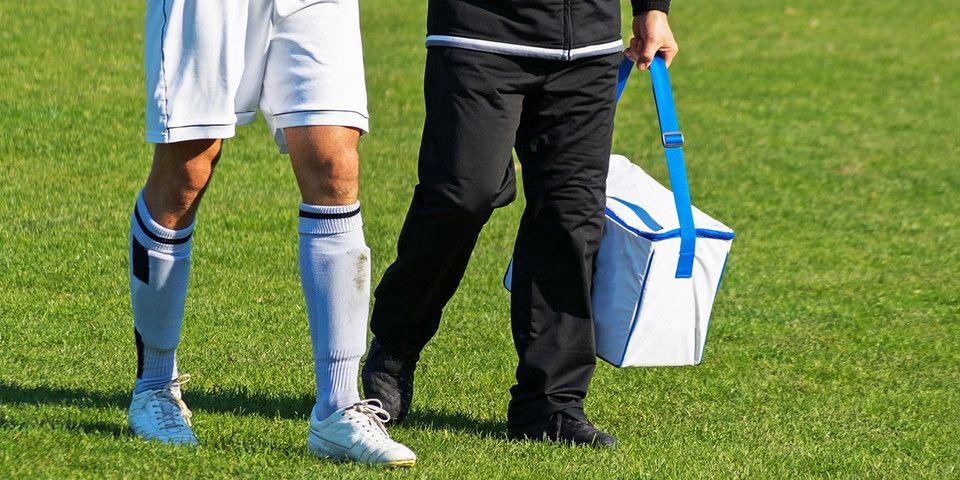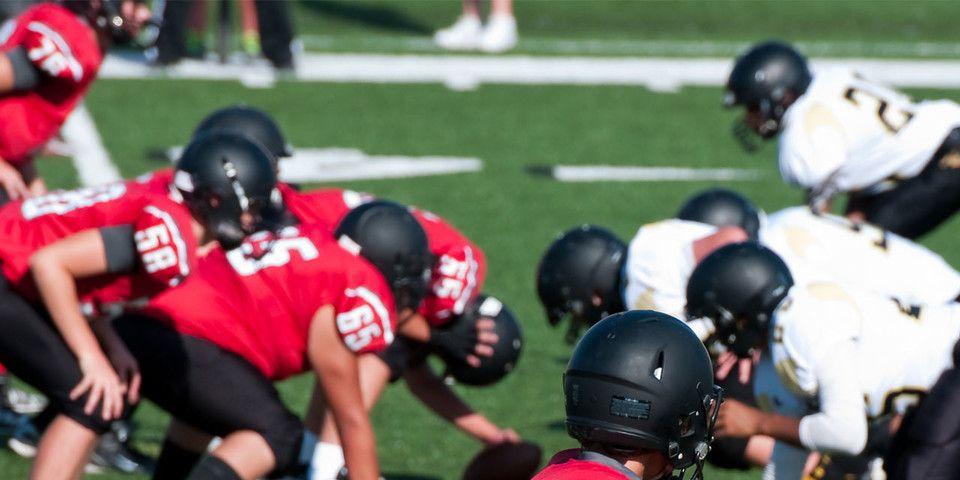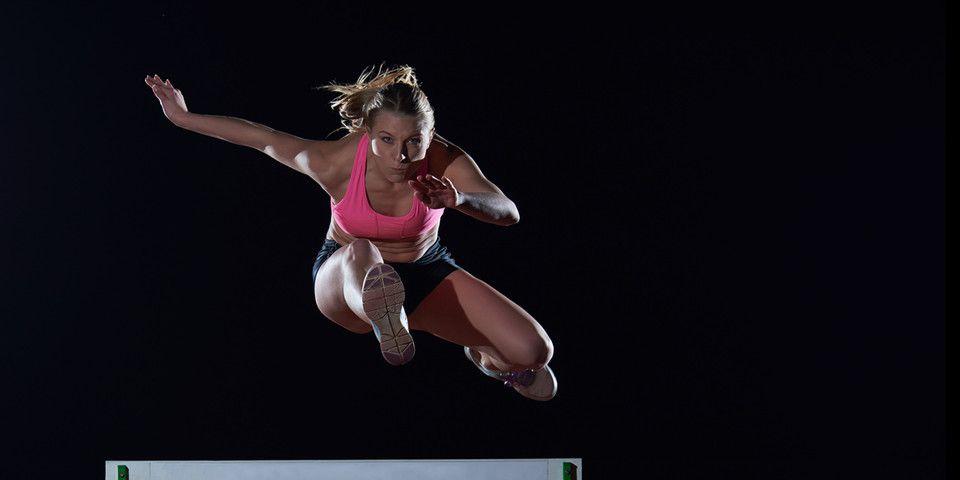Outracing Biceps Tendinitis for Swimmers Both In and Out of the Pool
Reduce your risk of biceps tendonitis with some simple best practices.
Despite its low-impact nature, swimming can still pose some intrinsic risk for participants, particularly when poor form and inconsistency are at play. Swimmers, like other athletes, may be tempted to perform through their pain, increasing their chances for complications or even permanent injury. To keep yourself and your loved ones safe, both in and out of the water, Rothman Orthopaedic Institute presents the following primer on one of the most common overuse injuries in swimming: biceps tendonitis.
What Is Biceps Tendonitis?
The biceps muscle is made up of 2 parts: the short head and the long head, which runs up the length of the arm and attaches into the shoulder joint. Bicep tendonitis is inflammation of the tendon along the long head of the muscle.Swimmers who have developed this condition typically experience:
-
Dull, aching or cramping pain at the front of the shoulder
-
Sharp pain in the front of the shoulder
-
Tenderness to touch at the front of the shoulder
-
Pain that radiates down the front of the arm or toward the neck
-
Weakness around the shoulder joint, especially when lifting/carrying objects or reaching overhead
-
A "catching" or "clicking" sensation in the front of the shoulder
-
Difficulty performing everyday activities (such as reaching to tuck in a shirt or putting dishes into an overhead cabinet)
How Does It Happen?
There are many factors in swimming and swimmers’ bodies that may lead to biceps tendonitis, including:
-
Repetitive overhead/reaching movement of the arms
-
Too much increase in practice or activity too soon
-
Poor form when executing stroke movements
-
Underdeveloped muscles surrounding the rotator cuff and in the upper back
-
Tightness in the shoulder joint and muscles
-
Age-related body changes
What Kind Of Rehab Is Involved?
Once biceps tendonitis has developed, your physician will work with you to develop an individualized plan that will:
-
Reduce pain and inflammation. The first step that any health practitioner should take is to relieve any possible inflammation typically through rest, temperature therapy, and medication. These not only help to reduce pain and inflammation but also allow the healing process to begin.
-
Improve Range of Motion. Often, abnormal motion of the shoulder joint can lead to biceps tendonitis. A physician, athletic trainer, or physical therapist can help assess your shoulder motion and prescribe exercises to improve it.
-
Build strength. Balanced strength of all the upper-body muscles is crucial to ensure efficient movement and protection of the shoulder joint. Exercises to strengthen these muscles help disperse swimming-related stresses evenly and prevent further injury.
-
Provide occupational therapy for routine activities. The demands of your daily activities and the way in which you perform them can affect the health of your muscles, tendons, and joints. An occupational therapist will help you correct faulty movements, so you are able to attain and maintain a pain-free shoulder.
As with any other form of therapy, bicep tendonitis recovery time varies per athlete.
Can It Be Prevented?
Yes! Fortunately, there are many steps swimmers can take to prevent biceps tendonitis, such as:
-
Perform shoulder and rotator-cuff strengthening exercises regularly.
-
Set aside time to rest your shoulder and other joints, including at least two days off from the sport per week and two months off per year.
-
Use proper posture in everyday activities. Ask your physical or occupational therapist about risks in your work environment and daily movements.
-
Avoid holding heavier objects away from your body when lifting or carrying them. Keep them close to your core and carry with both hands and arms.
Left untreated, biceps tendonitis can lead to a series of tears within the tendon, making it susceptible to rupture. If you have any questions about your risk factors or if you are experiencing any pain, your first step should be to consult your physician right away. For more specialized treatment, visit us here or contact us at 1-800-321-9999.
Related Physicians
Related Specialties
Related Conditions
Related Treatments
Related Programs
-

Athletic Training- Sport Medicine Outreach
Our Field Athletic Trainers provide direct sports medicine care to youth, high school, college and professional athletes. Rothman AT’s provide athletic training services throughout Southeastern PA to interscholastic high schools, colleges, as well as tournaments and special events.Read More -

Injury Prevention Program
The Injury Prevention Program at the Rothman Orthopaedic Institute is dedicated to the prevention of injuries from athletic participation, particularly youth sports.Read More -

Women’s Sports Medicine Program
The Women’s Sports Medicine Program at the Rothman Orthopaedic Institute is the first of its kind in the Philadelphia metro area and one of only several such programs specializing in the comprehensive care of the female athlete in the country.Read More




